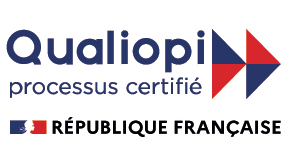IFALPES' pedagogical methodology
IFALPES has extensive experience in the teaching of French as a foreign language and favours a communicative approach so that its students learn to communicate effectively in concrete everyday situations.
IFALPES promotes the learning of French through a communicative approach. In the classes, the teachers work on grammar, vocabulary and phonetics while giving students the opportunity to communicate in French, in everyday situations, both orally and in writing.
IFALPES also encourages an active and participatory approach. In the classroom, the student plays an active role and exchanges between students must be at the heart of learning. As a leader, the teacher’s role is to motivate and encourage people to speak out.
In addition, IFALPES recommends an objective-based approach. The teachers must organize their courses around linguistic and communicative objectives. They must set up evaluation procedures to ensure that the objectives are achieved and must plan, if necessary, revision activities. After being tested, each student is evaluated at the end of the week to measure progress.
In the IFALPES groups, many nationalities coexist. This diversity is a richness that teachers make the most of by working on exchanges between cultures.
Finally, IFALPES develops its progressions, programmes and assessment tools from the 6 levels of the CEFR (A1 – A2 – B1 – B2 – C1 – C2).





What programme for general French courses?
There are 7 different programmes for each level:
- A1.1 (A0): 2-week programme
- A1, A2, B1, B2: 8-week programme
- C1/C2: 16-week programme
Each of the 7 programmes offers work in communication, grammar and vocabulary.
In “Communication” and “Grammar”, objectives are set each week for each level.
The teacher adapts his or her teaching according to the individual and collective prior knowledge of the participants in the group during the week.
For “Vocabulary”, 2 themes are proposed each week. The teacher selects a topic to work on in depth.
Throughout the week, students work on the four skills: oral and written production, oral and written comprehension.
Teachers are free to prepare and propose the teaching methods they wish to use to effectively achieve the programme objectives.
Ongoing assessment (exercises, self-assessment tests, discussions with the teacher and students, etc.) enables students to take stock of what they have learnt and to suggest remedial activities if necessary.
We offer dynamic, participative and user-friendly teaching based on real-life activities.
Example of a classroom activity :
- A1: to learn how to order in a restaurant, the teacher suggests role-playing. The teacher plays the waiter, the student plays the customer.
- A2: “The statement game”: each student gives three statements about him/herself, two true and one false. With the help of questions, the other students have to find the false one.
- B1/B2: To work on opinion, the teacher proposes a concrete situation: in a company, some employees ask for a smoking room, while others are opposed to the idea. At the end of the debate, a collective solution must be found.










